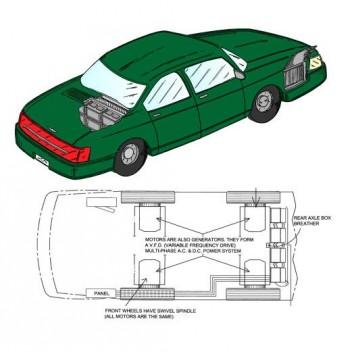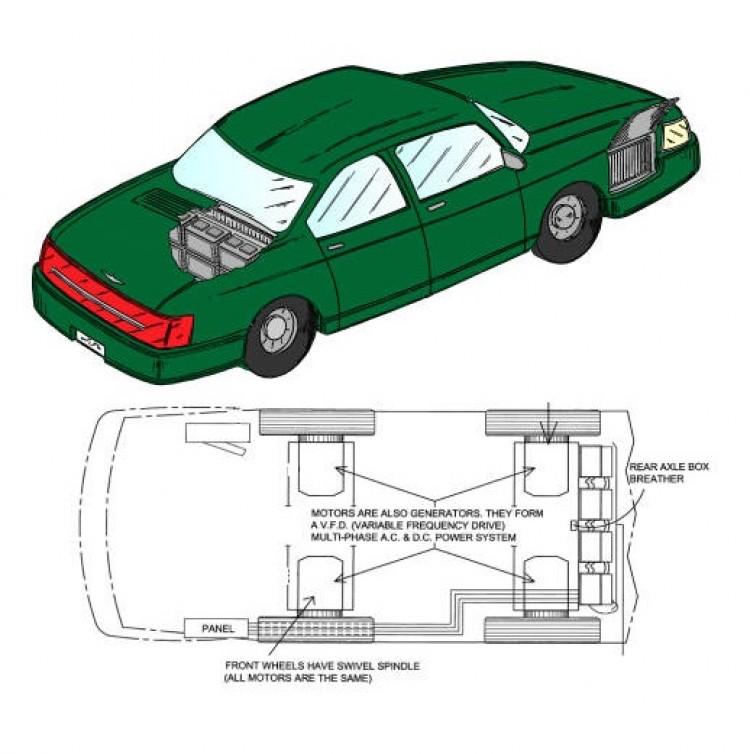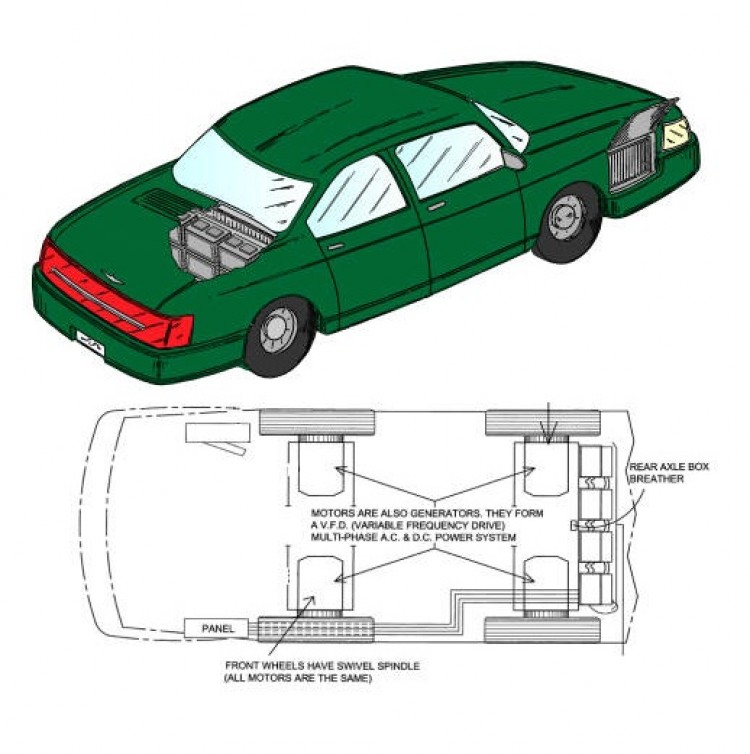But what if there was an EV on the market that charges the battery automatically?
Vancouver inventor Mato Barbic has devised just that—a driving system that does not require an electric vehicle to be plugged in.
Barbic’s Intermittent Electrical Charging AC/DC Driving System, which has been patented in five countries including Canada and the United States, could make EVs more acceptable to the mainstream, he says.
“This is a first, and has the potential to revolutionize electric vehicles. All we need is an auto manufacturer to take the plunge and produce it.”
Barbic, who just turned 70, tested the system in a prototype dune buggy, which he drove 8,000 kilometres in Canadian winter conditions.
“The grids supplied heat through the power. It was a smooth, comfortable ride,” he says.
The system makes use of those times when the forward motion of the vehicle is slowed, such as when going downhill or braking to a stop.
By converting the mechanical energy of the forward motion to electrical energy and using that electrical energy to recharge the batteries—which exerts a natural braking action on forward motion—not only can smaller batteries be used to power the vehicle, but also wear and tear on the brakes is reduced.
“When you’re producing that power you’re using that power instantly, you don’t have to rely on the battery,” says Barbic.
While working for a large mining company in the 1980s, Barbic developed an air filter assembly in combination with a motor vehicle generator which was granted both a U.S. and Canadian patent.
Using his experience with wiring systems and AC and DC currents, he then set about working on his idea for a self-charging driving system, which took him 25 years to perfect.
Finding a manufacturer
A few months ago Barbic placed his invention with Kessler Corporation, a company with offices in Ohio and Arizona that helps inventors get their product in front of the right manufacturer.
“We’re impressed with it, we really are,” says Kessler president Richard Wantz.
“It converts mechanical energy into electrical energy. That has been done before, but not with this degree of efficiency. The ability to self-charge is, in the green area right now, getting a lot of attention.”
The system can work in any mode of transportation, from industrial to marine, Wantz explains.
“It has the ability to power anything using mechanical energy cleanly converted into electrical energy that can be used for automotive, industrial purposes—things like that. It’s very versatile, and we like that.”
He says Kessler is currently contacting manufacturers in the automotive, industrial, and alternative energy fields about Barbic’s invention, and some have already shown interest.
While acknowledging that it will take “a lot of adjustments” for manufacturers to implement the driving system, he believes there’s a strong likelihood it could eventually end up on the mass market.
“I think if the industry takes an open mind to it, the possibilities are endless, but it’s going to be one of those things when you have to change some of the thinking out there,” he says.
“Number one it has to have the ability and make money for the manufacturer—that’s the number one thing. But if they give it a fair opportunity, a fair testing, they’re going to see the potential.”
Barbic says he’s had inquiries from some oil companies, and there’s also a possibility that a corporation or private investor will buy the patent and put it on the stock market. The patent is for sale or license.
“I just want to see it get used and be of benefit to society,” he says.








Friends Read Free